
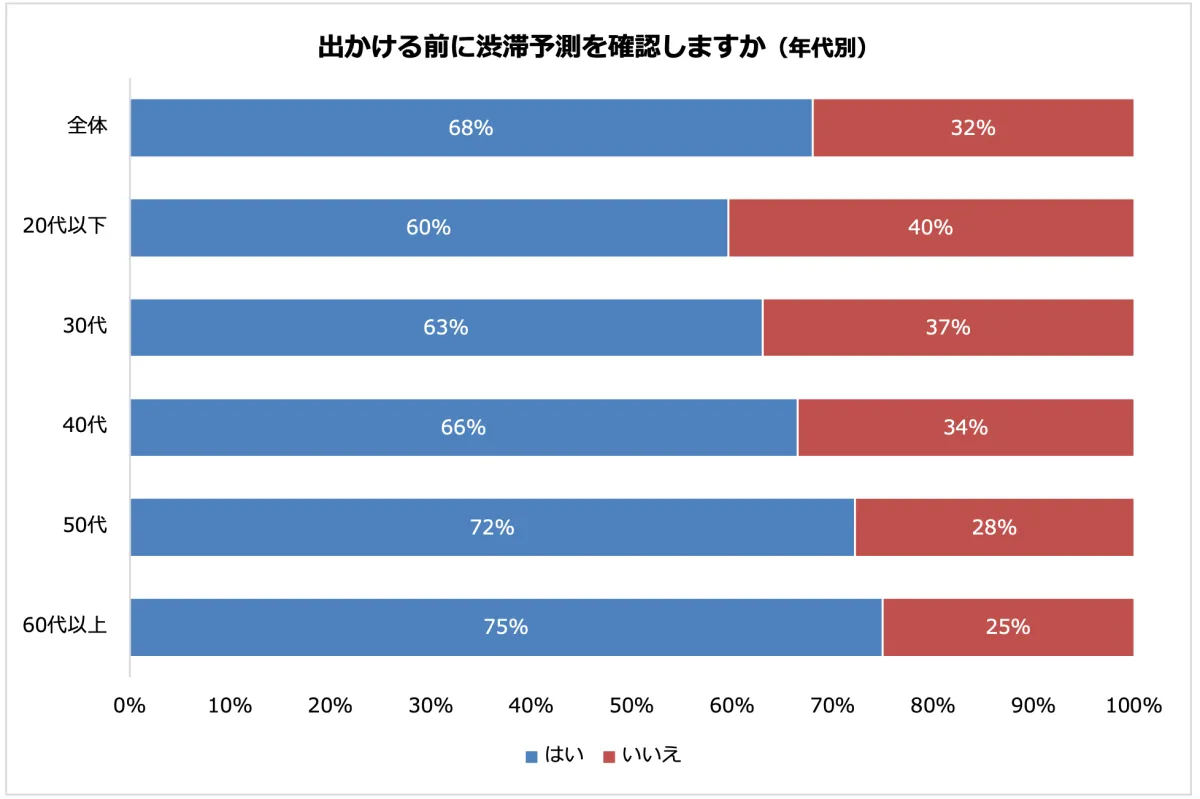
The Rise of Traffic Prediction Among Drivers: Trends and Solutions
Understanding Traffic Predictions Among Drivers
Recent findings from Park24 Co., Ltd., based in Shinagawa, Tokyo, reveal significant insights into how drivers prepare for their travels. The company conducted an extensive survey among members of its exclusive "Times Club" service, focusing specifically on drivers' habits surrounding traffic predictions. Here are the key findings from the survey:
1. Majority of Drivers Check Traffic Forecasts
Approximately 68% of drivers are inclined to check traffic forecasts prior to embarking on their journeys. A closer look at the data shows that the tendency to check these predictions increases with age. There is a noticeable gap of 15 percentage points between those under 20 and those over 60, suggesting that older drivers are more vigilant about potential traffic issues. Moreover, a breakdown of driver habits indicates that among those who drive infrequently, only about 60% check traffic forecasts, underscoring a correlation between driving frequency and traffic awareness.
2. Drivers Take Action Based on Forecasts
The survey revealed that once traffic forecasts indicate delays exceeding one hour, more than half of the respondents (53%) take steps to avoid congestion. When asked about the thresholds for taking such actions, 26% of the participants responded that they would react if forecasts predicted a 30-minute delay, while only 11% indicated they would do so for delays of two hours or longer. Interestingly, this trend spans across various age groups, with around 10% of respondents across all demographics stating they would not adjust their plans regardless of the forecast.
3. Top Strategies for Avoiding Traffic
When questioned about their preferred strategies for circumventing traffic, respondents overwhelmingly opted for selecting routes that avoid congested areas, with 62% favoring this option. The second most popular strategy, adopted by 54% of participants, involved timing their departures to avoid peak traffic hours. Other less favored options included not using a car at all, which only 14% of drivers chose.
Examining the responses based on driving frequency, the data demonstrated that daily drivers were more likely to adopt both of the primary strategies, while those who drive less often preferred to avoid driving altogether when faced with potential delays.
Implications for Summer Travel
As the summer vacation season approaches, accompanied by increased traffic during holidays and family gatherings, the need to navigate congestion effectively becomes imperative. Incorporating strategies such as "Rail & Car Share" can alleviate the burden of prolonged traffic jams. This approach involves using public transportation to reach the nearest station and then utilizing car-sharing services, such as Times Car, for the remainder of the trip. By doing so, not only is congestion mitigated, but the overall travel burden on drivers is reduced, and a decrease in carbon dioxide emissions can also be achieved, contributing positively to environmental preservation.
In conclusion, this survey highlights the importance of traffic awareness among drivers in Japan, particularly as we enter a season prone to substantial traffic delays. By integrating smart travel planning and employing resources like car-sharing services, motorists can enjoy a more efficient and stress-free journey, even during peak travel times.
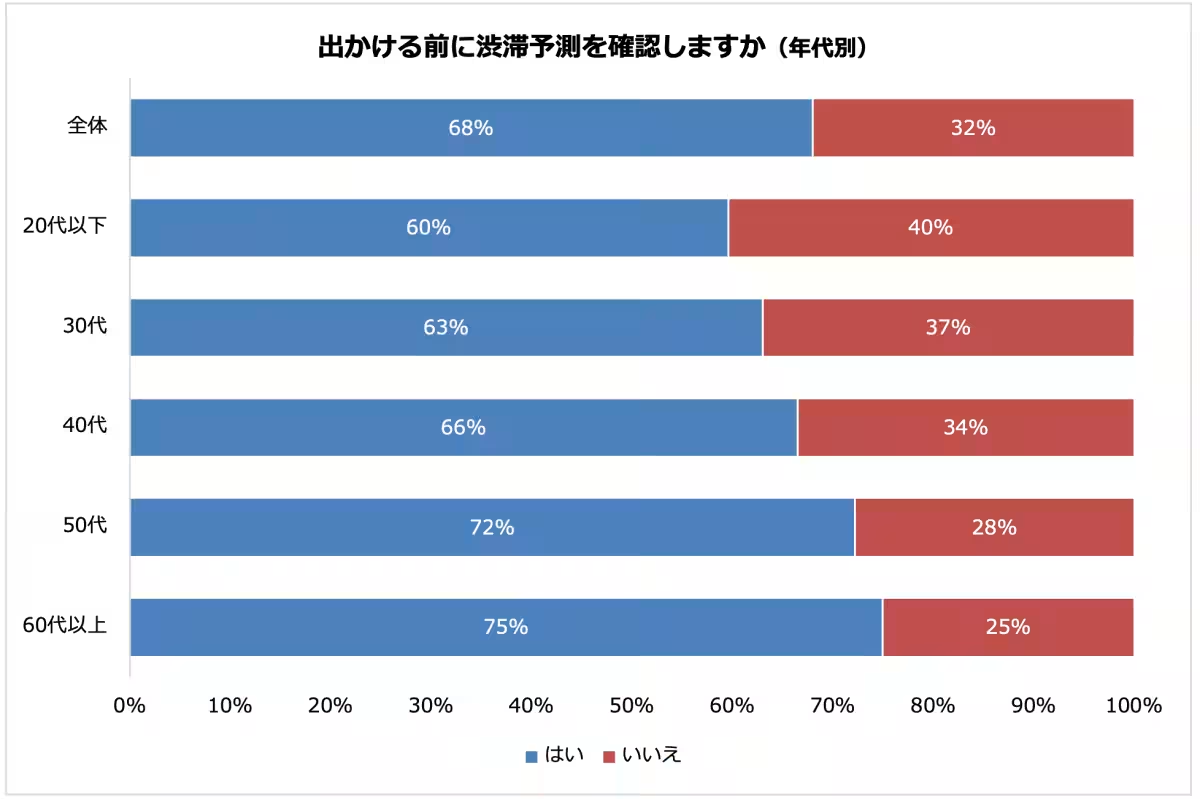
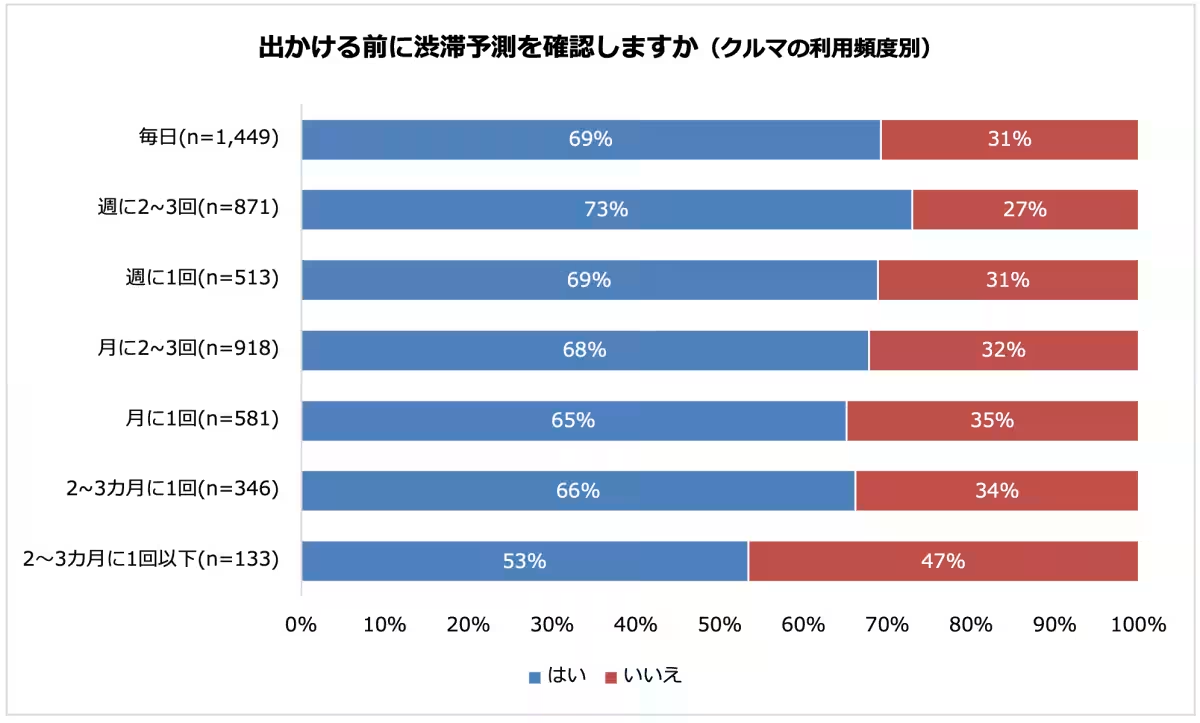
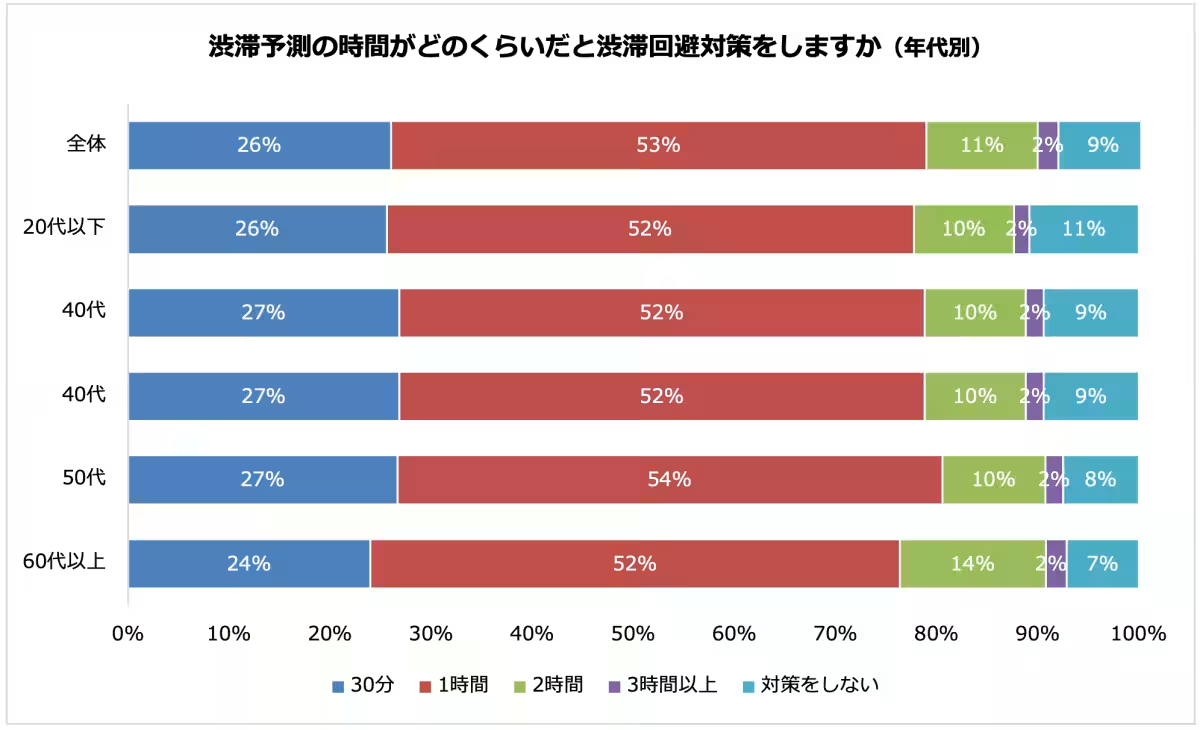
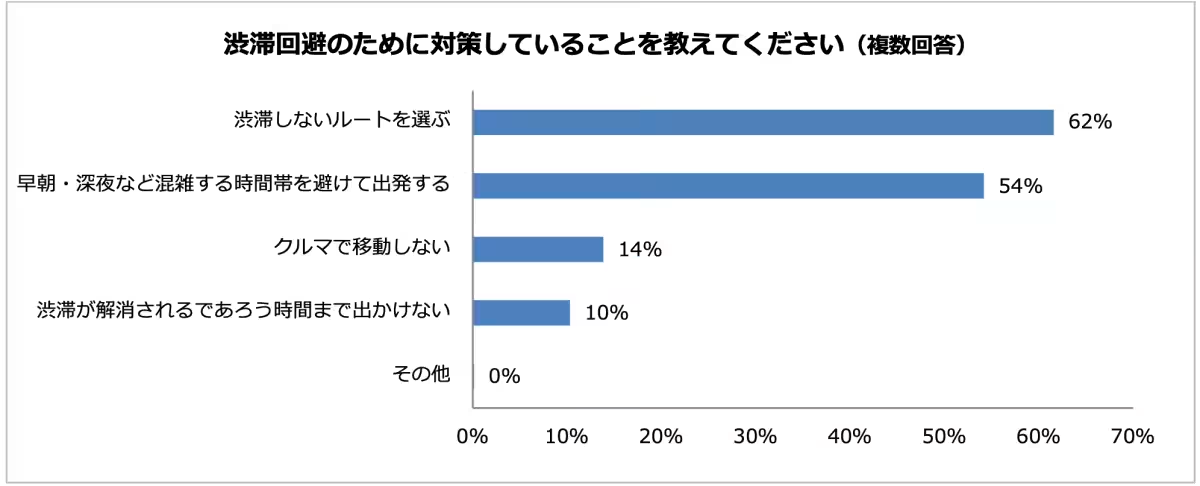
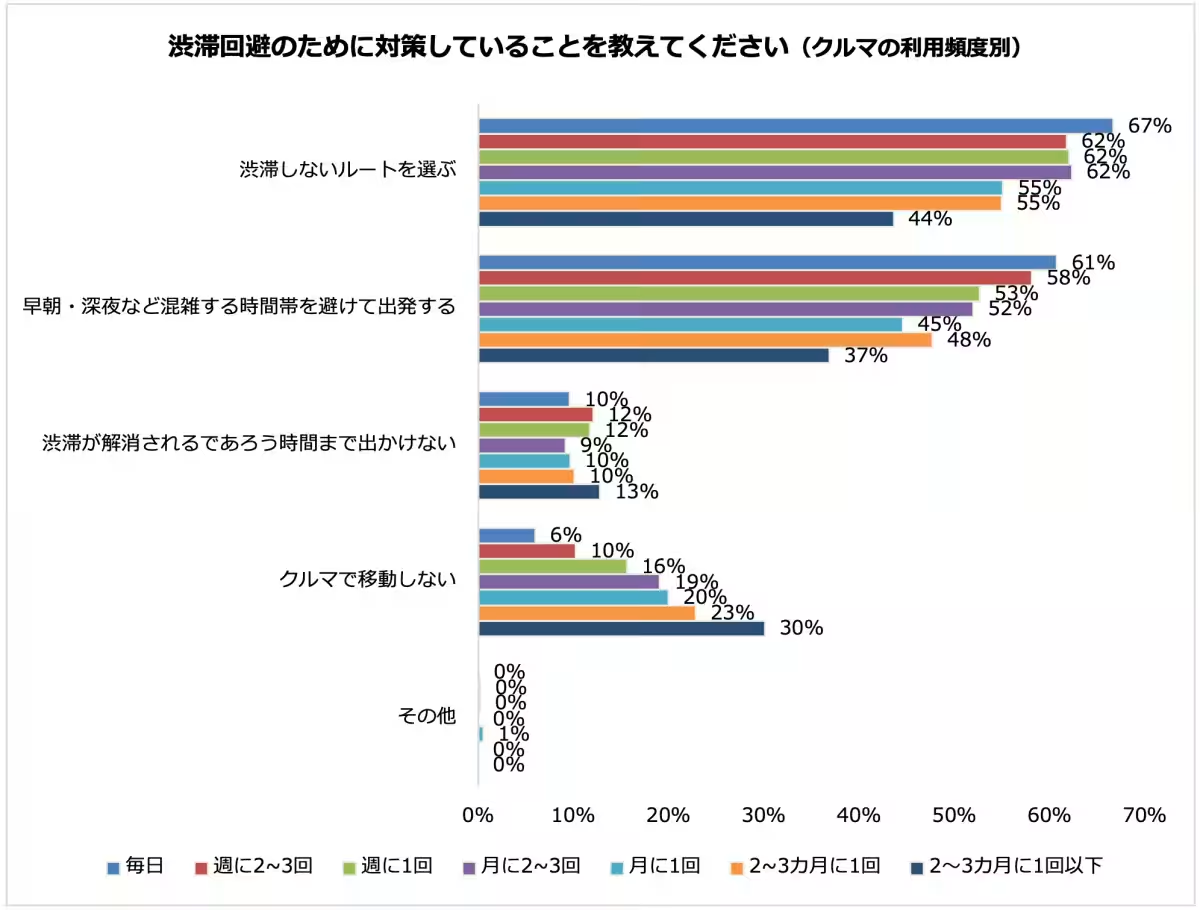

Topics Auto & Transportation)










【About Using Articles】
You can freely use the title and article content by linking to the page where the article is posted.
※ Images cannot be used.
【About Links】
Links are free to use.